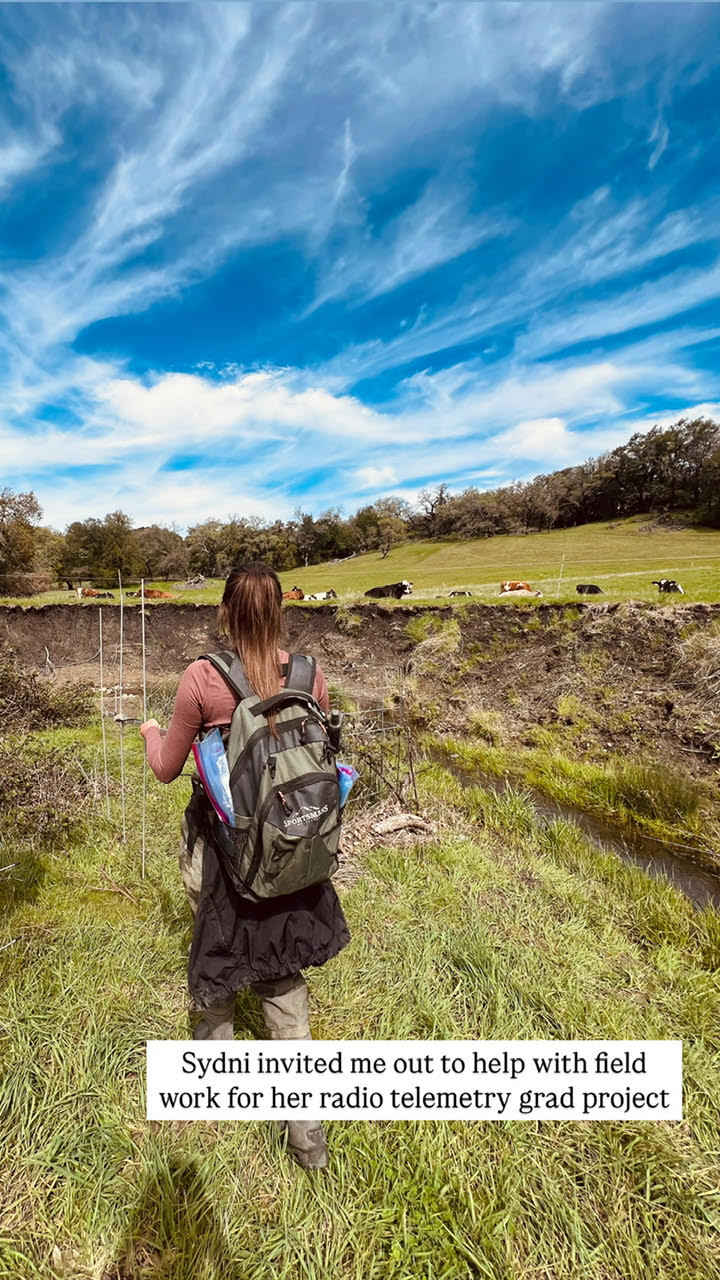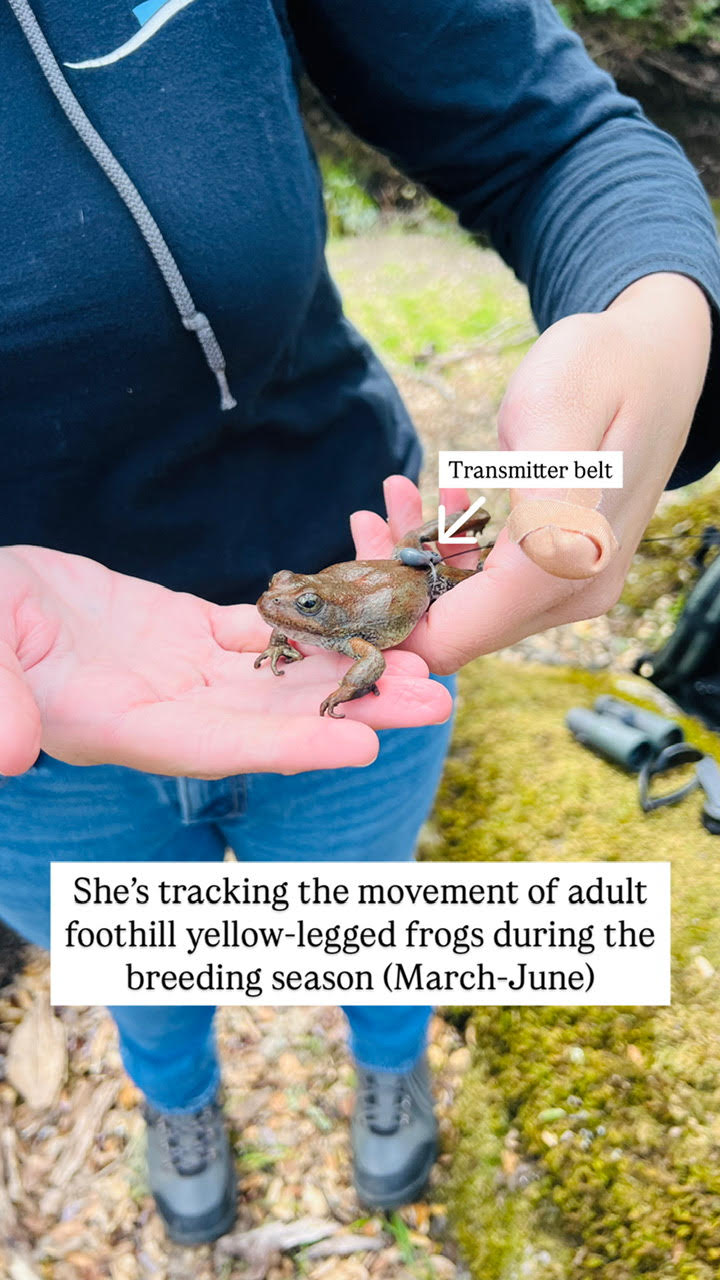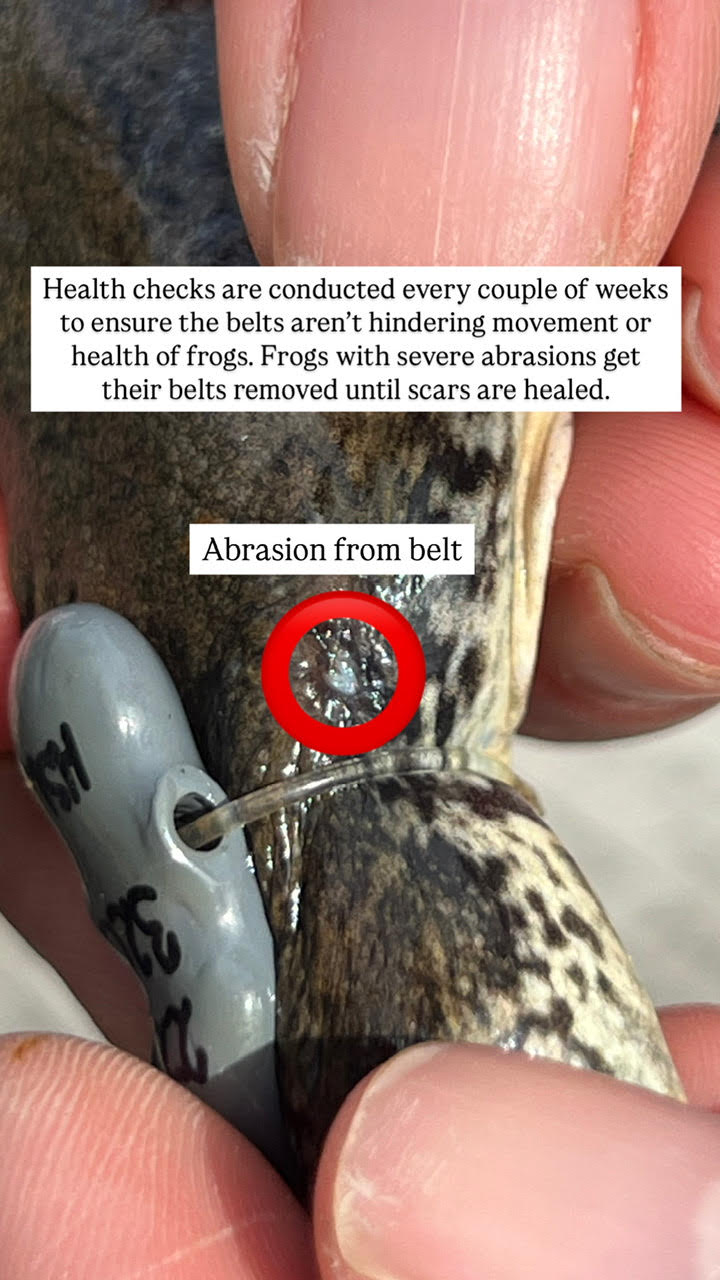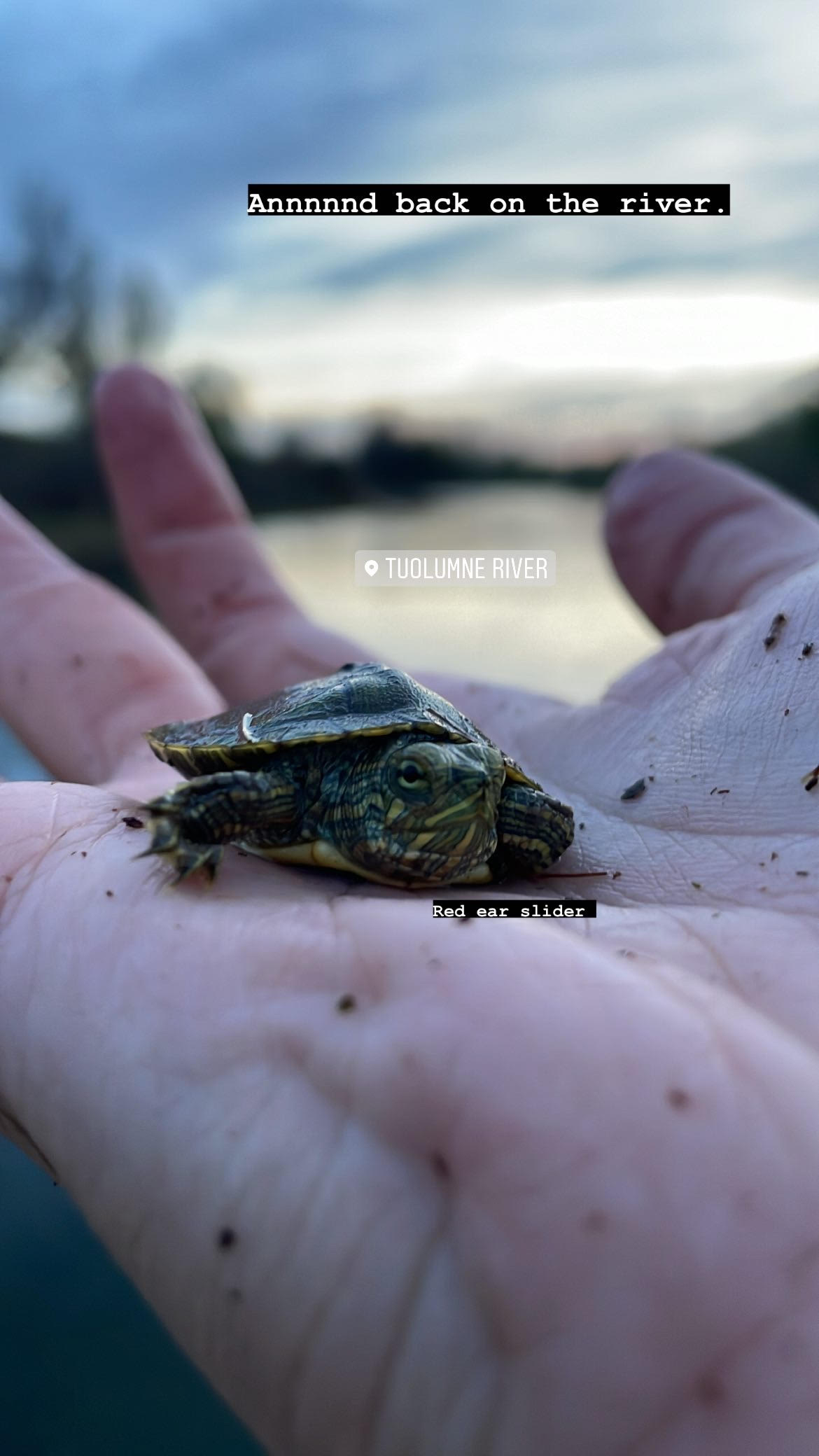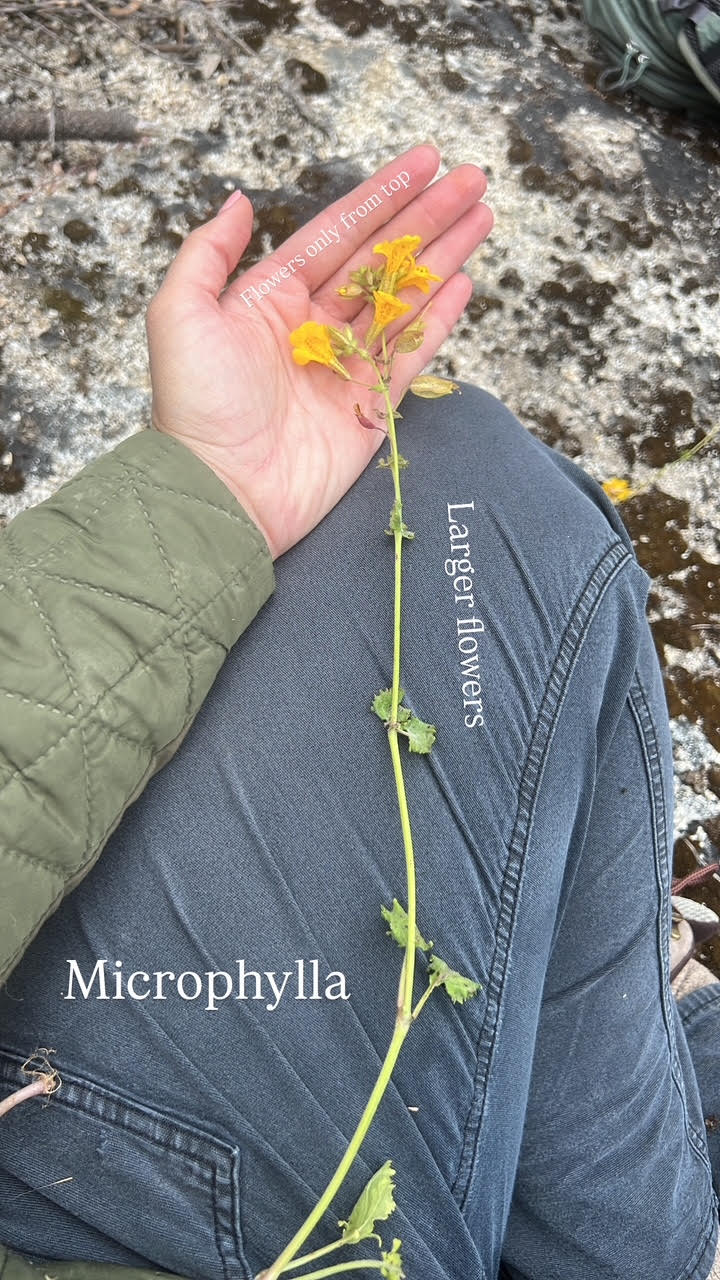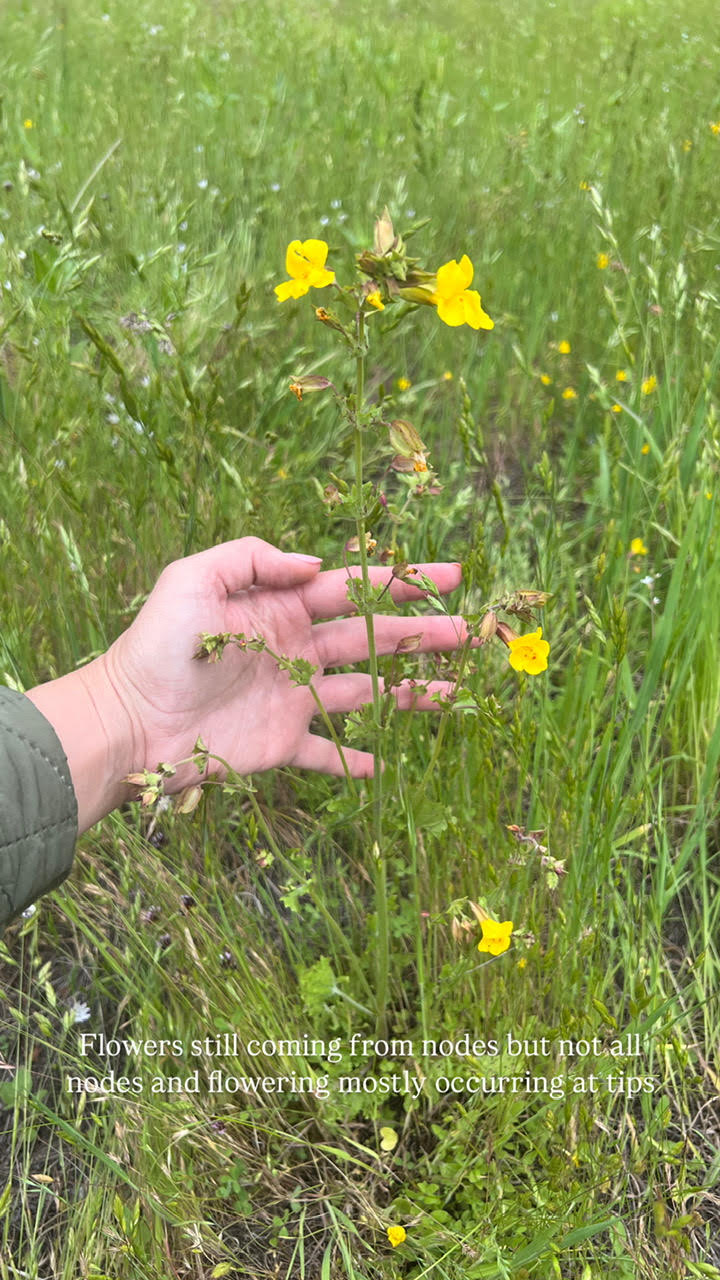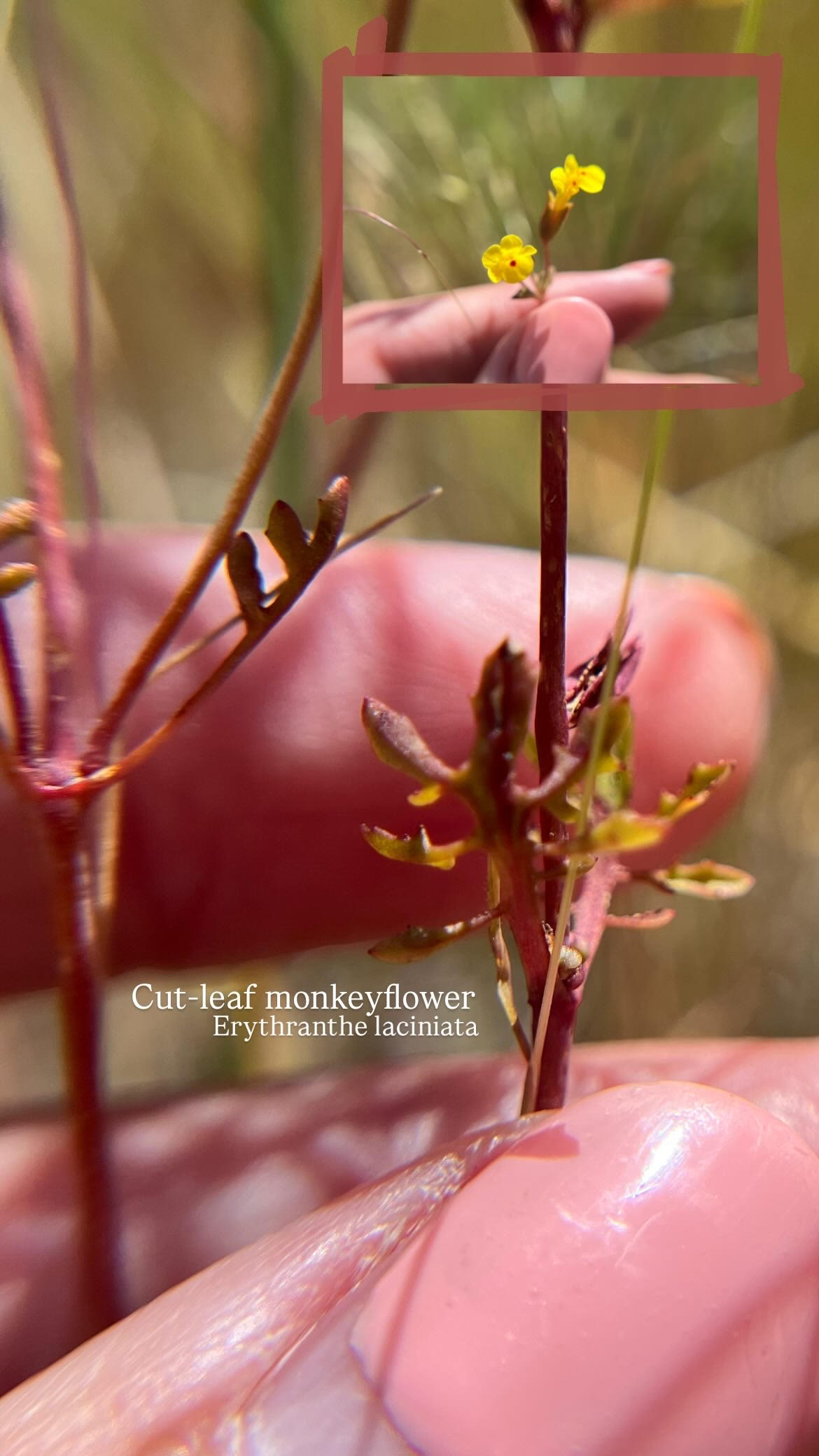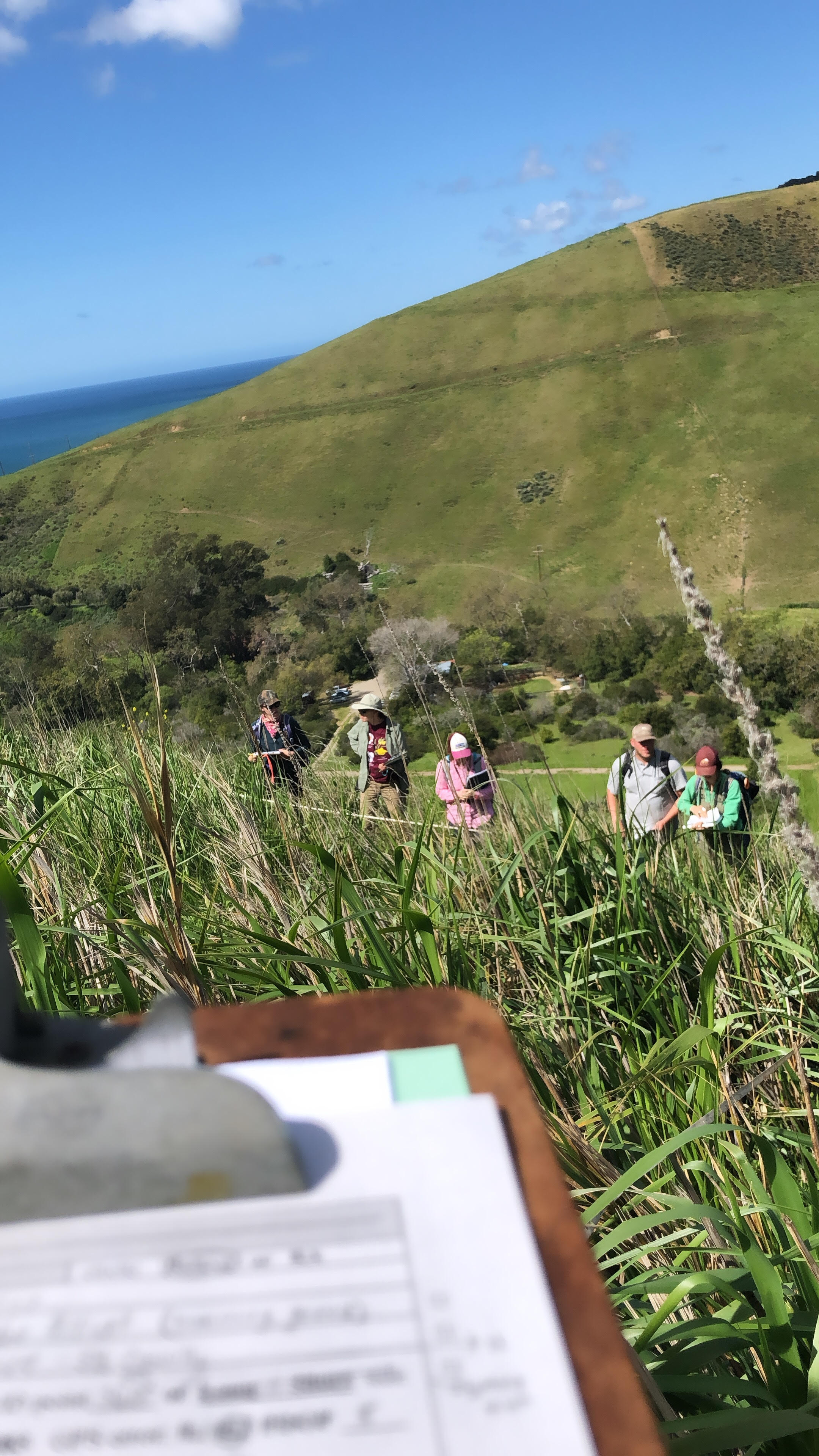
All species were handled under proper state and federal permits.
field life
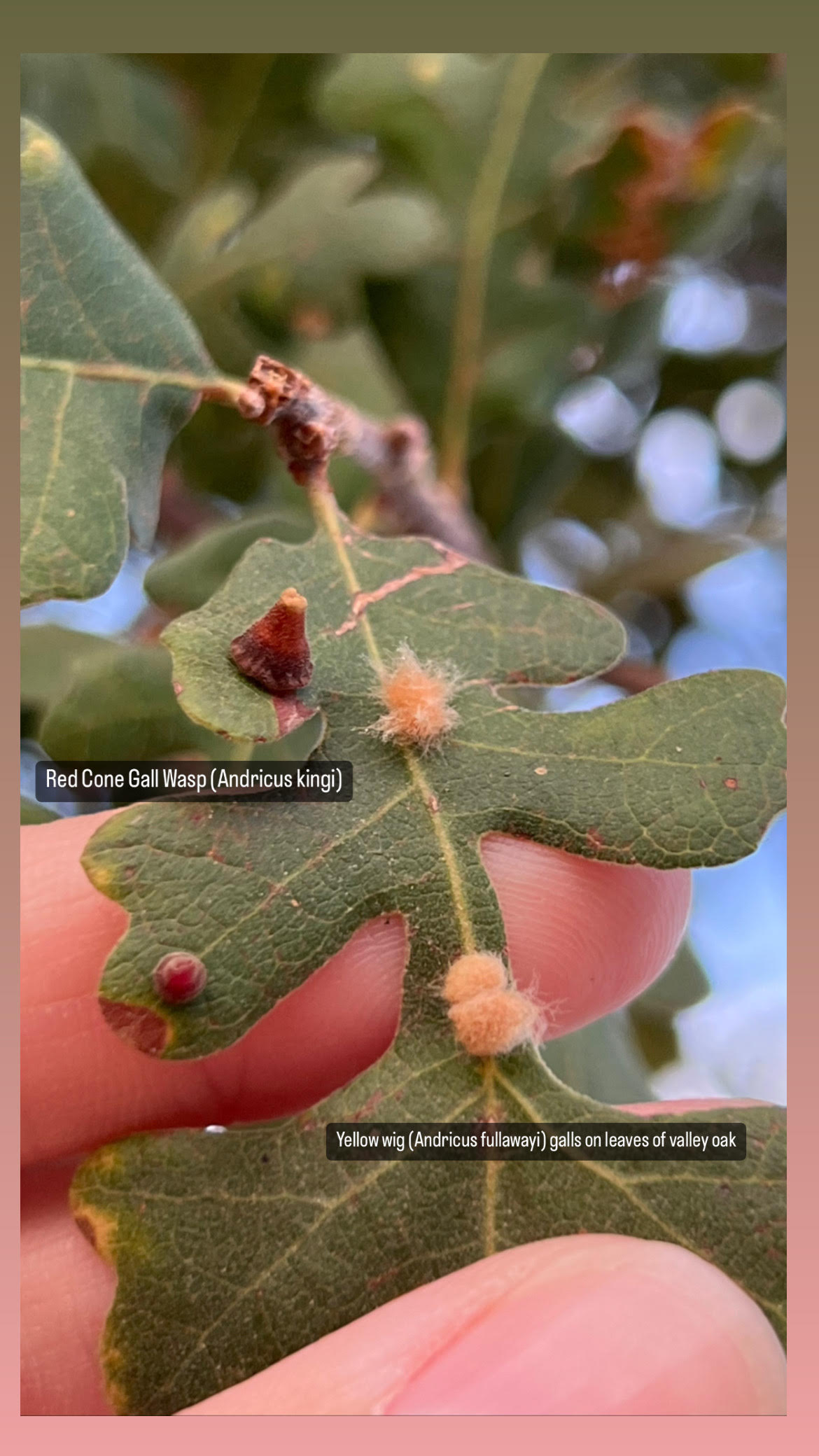
Insects like wasps will inject chemicals into oak tree branches, leaves, and acorns that result in abnormal growths called oak galls. The insects larvae develop in these galls that provide protection and nourishment. The galls do not harm the overall health of the tree and multiple species of gall can often be found on one leaf!
Next time you are near an oak tree, peek closer and see how many galls you can spot!
There are many resources available to determine which species of gall you may be seeing.
A simple Google search will pull up articles from naturalists, botanical gardens, arborists, nature journalists, forest service, and more explaining the wonders of galls!
My favorite way is by adding photos to iNaturalist!
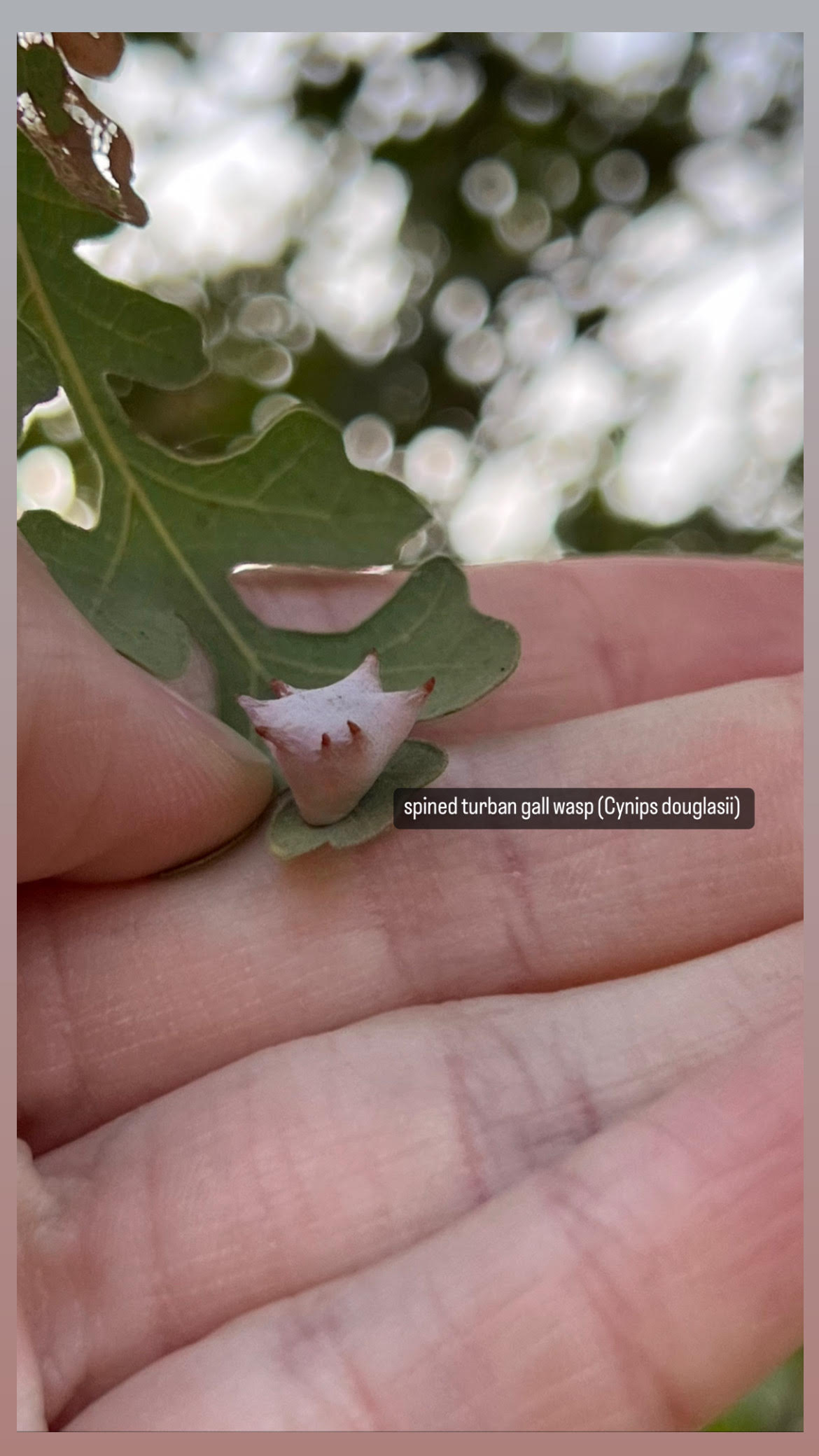
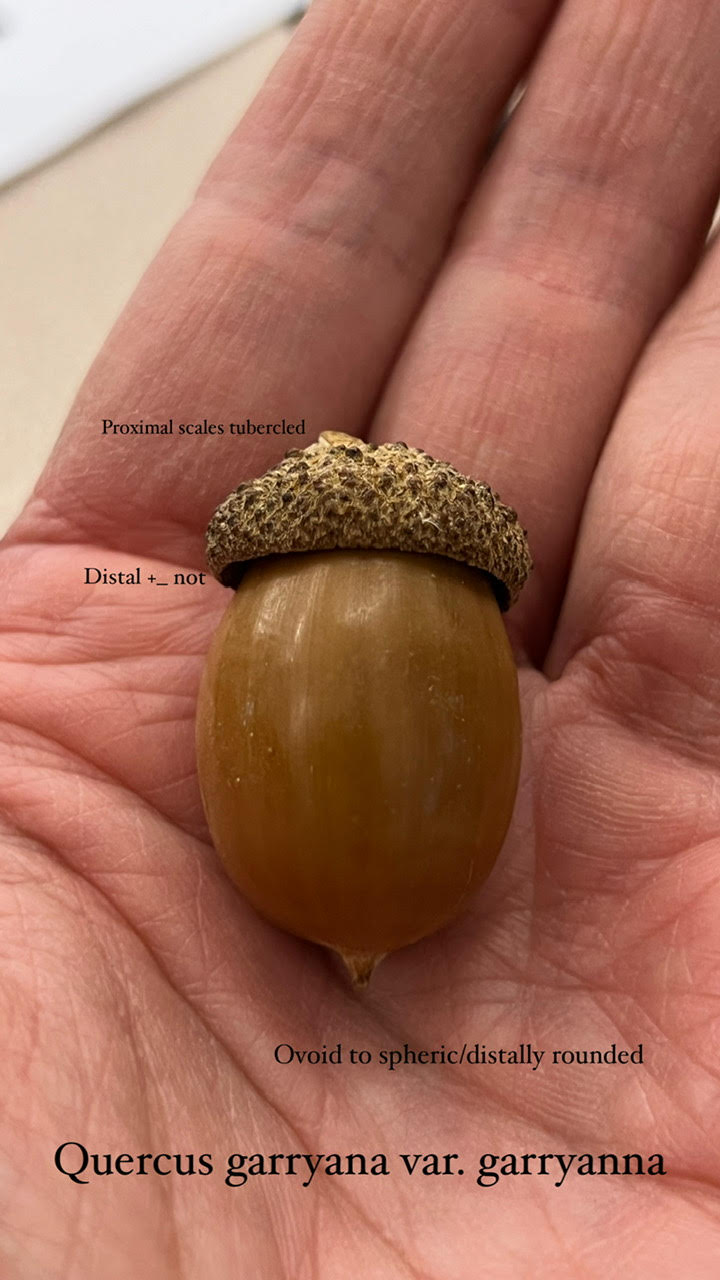
Beyond the parking lots and classrooms lies thousands of acres of a rare intact grassland and vernal pool system. Vernal pools are depressions over hard soils (clay hardpan, volcanic bedrock) in the landscape that collect water during the wet season and gradually evaporate come summer and fall. California’s Central Valley is suspected of loosing up to 90% of it’s historic vernal pool habitat due to widespread agricultural expansion and development that alters the hydrology of the surrounding landscape.
California’s vernal pools are wonderous places that host a variety of threatened and endangered wildlife and flowers that depend on these unique ecosystems. One such protected species that is often found in vernal pools is the California tiger salamander (CTS). These cute little creatures emerge from burrows in the surrounding upland grasslands during the first rains of the wet season and begin their migration to ponds where they breed. Eggs will hatch to larvae anywhere from 10-28 days depending on environmental conditions. These larval salamanders can stay in the pond anywhere from 3-6 months before they metamorph into their terrestrial juvenile stage (pictured above) to search for upland burrows.
UC Merced contracts out the amazing Wetland Ecologist Jaymee Marty to conduct seine surveys for larval salamanders in order to discern which ponds across the reserve are acting as breeding ponds for the California tiger salamander. Today, four ponds out of the thousands across the reserve are known to serve as breeding habitat for the salamanders. Unfortunately, the population on UCM’s reserve has decreased over the years but no one really knows why. Due to politics, opportunities for research on site are limited but for now, at least we know the population still subsists, even if at low numbers.

